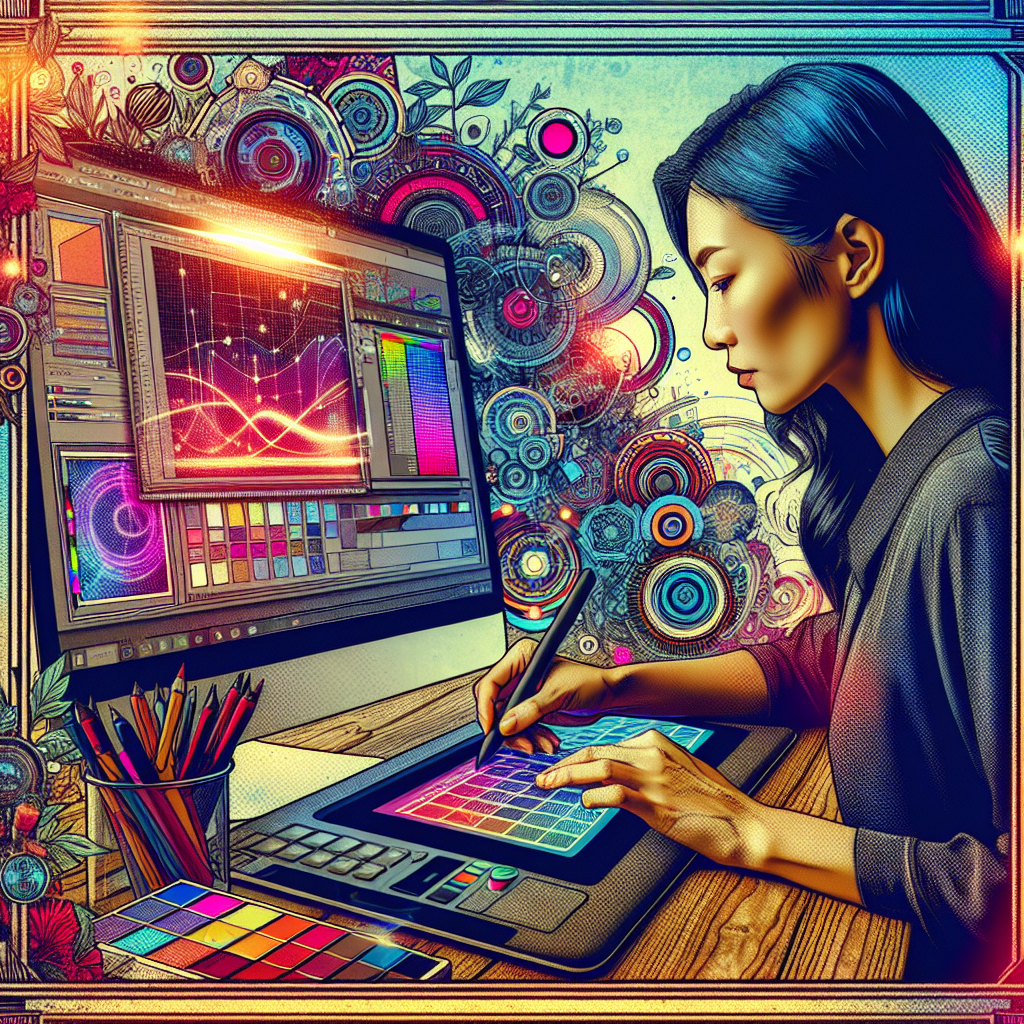The field of Graphic Design keeps evolving and artists must keep up with the latest trends and technologies at all times. This often means mastering new tools, techniques, and methods. One such aspect in graphic design that plays a vital role in enhancing the aesthetics of an artwork is the use of filters and effects.
Understanding Filters
Filters are a means of processing an image to achieve a wide range of effects. They can be used to enhance visual elements, create a distinct mood or atmosphere, or modify the overall look and feel of an image. In graphic design software like Photoshop, several filters and their variations are available for use.
For instance, Blur filters may be used to obscure certain aspects of design, adding a sense of depth or creating focal points. Similarly, Sharpen filters can enhance clarity and detail, Noise filters can add texture or gritty aesthetic to the designs. These are just a few examples; the application of filters is extensive and allows for artistic flexibility.
Understanding Effects
Effects, often confused with filters, are different. While filters change the appearance of an entire layer or image, effects apply certain visual elements to a particular component of an image. Effects can be static or dynamic and are often used to add interactive properties to digital designs.
Drop-shadows, textures, glows, and 3D effects are some common examples of effects used in graphic designs. Effects can dramatically embellish a design, add visual interest, and heighten artistic value to static and motion designs.
Mastering Filters and Effects
Mastering the art of applying filters and effects in graphic design involves experimenting with a spectrum of possibilities. Learning doesn’t just come from understanding how a tool works, but how to apply it creatively to achieve the desired results.
Consistency is crucial when using filters and effects. Overuse can make the design appear messy, cheap, or unprofessional. On the other hand, not using these tools might make your design flat, boring, or uninviting. Hence, balance matters.
Keep updating yourself with the latest trends. This ensures that your designs are in line with what the customers and audience find attractive and appealing. Also, you must be open to learning from the works of other artists. Inspiration can come from anywhere.
Conclusion
An effective graphic design is a blend of creativity and technical mastery. Understanding tools like filters and effects, and knowing how to use them well, is an essential part of this process. Their judicious use can transform a simple graphic into a highly engaging piece of art. However, they are not a magic wand. True mastery over them comes by understanding the basics of graphic design, the technology, and how it can be applied uniquely and creatively to convey the intended message. Like any skill, mastering filters and effects in graphic design will take practice and patience. With dedicated effort, anyone can master this art and leverage it to produce stunning graphic designs.
Frequently Asked Questions
-
What’s the difference between filters and effects?
In graphic design, filters modify the overall look of the image or layer, while effects apply visual or interactive elements to specific components of an image.
-
How can I master the use of filters and effects in graphic design?
Mastering filters and effects requires understanding, practice, and experimentation. Keep yourself updated and be open to learning new techniques.
-
Can the overuse of filters and effects ruin a design?
Yes, overuse of filters and effects can make a design look unprofessional. Hence, balance and consistency are crucial.
-
Can filters and effects be used in both static and motion designs?
Yes, both static and motion designs can use filters and effects for enhancement.
-
What are some popular filters and effects used in graphic design?
Commonly used filters are Blur, Noise, and Sharpen. Drop-shadows, textures, glows, and 3D effects are some popular effects.

